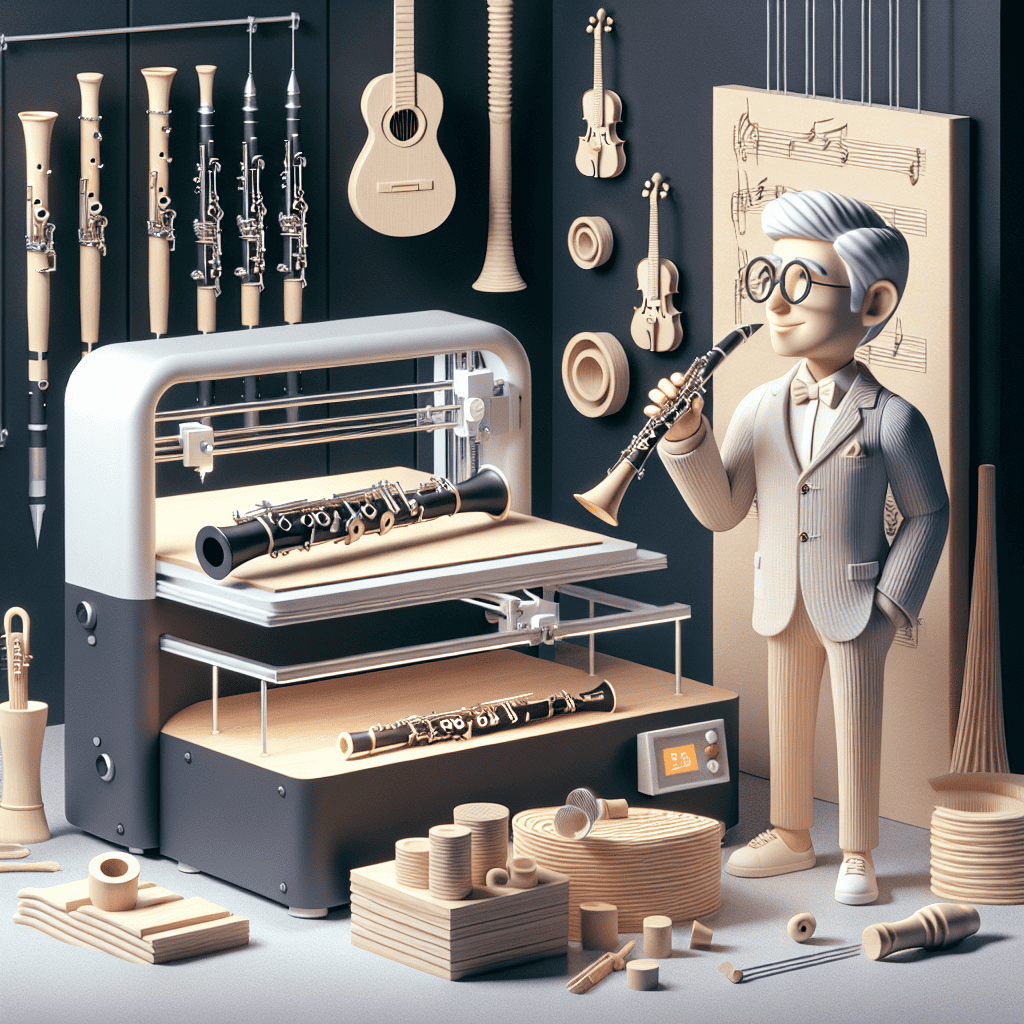Mastering a Beautiful Clarinet Tone: Tips and Tricks
As someone who's spent years mastering, teaching, and repairing clarinets, I often get asked about the secret to achieving a beautiful clarinet tone. While the journey to perfecting your sound involves understanding the instrument, it all starts with a love for the clarinet and a passion for music. Here are some tips to help you on your way, inspired by my own experiences and the rich history of the Martin Freres brand.
Understanding Your Instrument
Before you can create beautiful music, you need to know your instrument inside out. The clarinet, whether it's a modern design or a classic Martin Freres, is a complex piece of craftsmanship. Each part, from the mouthpiece to the bell, plays a role in producing sound. For instance, the reed's stiffness can change the tone's color, while the mouthpiece can affect the sound's projection. Get to know these parts and understand how each contributes to the sound you produce.
| Clarinet Part | Function | Impact on Tone |
|---|---|---|
| Mouthpiece | Holds the reed and directs air into the instrument | Affects projection and resistance |
| Reed | Vibrates to produce sound | Influences tone color and response |
| Barrel | Connects mouthpiece to upper joint | Affects intonation and resonance |
| Bell | Amplifies and projects sound | Enhances lower register tone |
Proper Breathing Techniques
Playing the clarinet is all about turning your breath into music. The way you breathe can drastically affect the tone you produce. Proper breath control is essential for producing a full, resonant tone. Remember to breathe from your diaphragm, filling your lungs completely before you begin to play. This deep, controlled breathing is the key to maintaining a consistent, beautiful tone.
Embouchure and Tongue Position
Embouchure refers to how you position your mouth on the clarinet. A proper embouchure ensures that air is directed correctly through the instrument, resulting in a clear, focused tone. Your tongue position also plays a role in this. By imagining the shape of your oral cavity and the position of your tongue as you say the vowel ‘ee', you can achieve a better tone.
Embouchure Checklist
- Firm but relaxed lip pressure on the mouthpiece
- Chin flat and pointed
- Corners of the mouth drawn in
- Upper teeth resting on the mouthpiece
- Lower lip slightly curled over bottom teeth
Regular Practice
Like any skill, improving your clarinet tone requires regular practice. Set aside dedicated time to work on your tone, focusing on long tones and scales. Regular practice will help you develop muscle memory and allow you to better understand how slight adjustments can impact your sound.
Instrument Care
Maintaining your clarinet is crucial in producing a beautiful tone. Regular cleaning, proper storage, and timely repairs can significantly improve the sound of your instrument. Don't overlook the importance of a well-maintained instrument – whether it's a brand new model or a cherished Martin Freres piece.
Invest in Quality Accessories
Accessories like reeds, ligatures, and mouthpieces can all impact your clarinet tone. Investing in quality accessories that suit your playing style and the specific requirements of your instrument can make a significant difference. Remember, what works for one clarinetist may not work for you, so try out different accessories until you find what suits you best.
Quick Tips for a Beautiful Clarinet Tone
- Understand your instrument's parts and their roles.
- Practice proper breathing techniques.
- Maintain a correct embouchure and tongue position.
- Dedicate time to regular practice.
- Keep your instrument clean and well-maintained.
- Invest in quality accessories that suit your style.
In conclusion, creating a beautiful clarinet tone is a journey of understanding, practice, and passion. Whether you're playing a Martin Freres or any other brand, these tips should help you on your path to tonal perfection. Happy playing!







